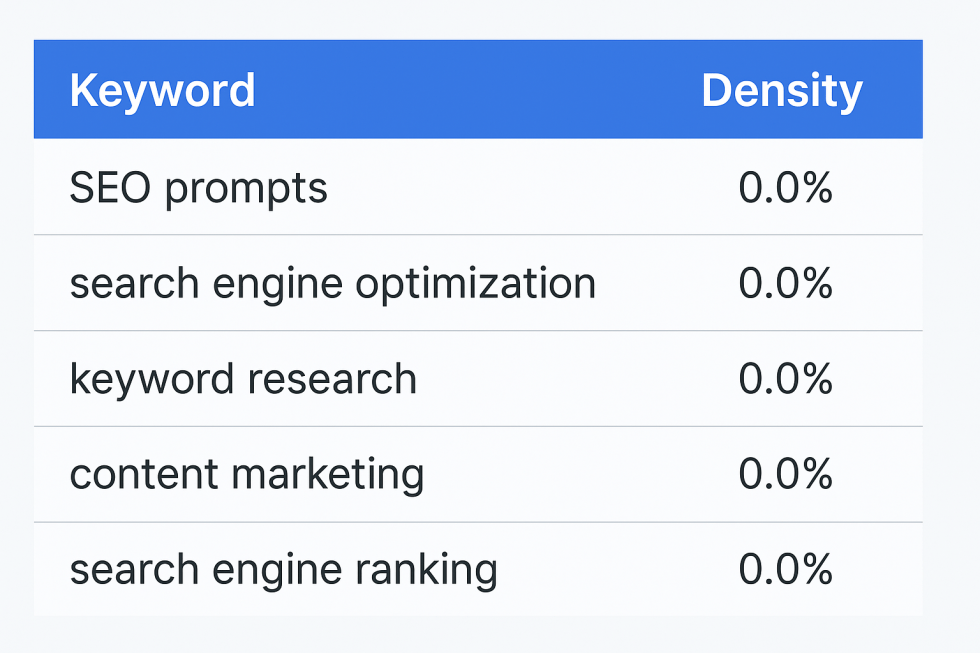
Website Breadcrumbs – What Are They? + Best Practices
In the vast sea of online content, navigation is key to enhancing user experience and optimizing site functionality. One of the most effective tools for ensuring seamless navigation is the use of website breadcrumbs. These visual navigation aids not only help users understand their location within a website's hierarchy but also provide an easy path back to previous pages. In this article, we will delve into the concept of breadcrumbs, their importance in website navigation, and best practices for implementing them effectively.
What Are Breadcrumbs?
Breadcrumbs are a type of navigational aid that appears at the top of a website's page. They allow users to see their current position within the site's structure, usually presented in a horizontal list with links. The term "breadcrumbs" comes from the fairy tale of Hansel and Gretel, where the main characters left a trail of breadcrumbs to find their way back home. Similarly, website breadcrumbs create a trail for users as they explore a site.
Typically, website breadcrumbs follow a hierarchical structure. For example:
Home > Category > Subcategory > Current Page
In this structure, each segment is clickable, enabling users to easily navigate back to higher-level pages without having to use the browser's back button. Breadcrumbs are particularly beneficial for websites with extensive content, as they help users orient themselves and reduce the likelihood of getting lost in a labyrinth of links.
Types of Breadcrumbs
There are three main types of breadcrumbs:
- Hierarchical Breadcrumbs: Show the site's structure and where the current page sits in the hierarchy
- Attribute Breadcrumbs: Common in e-commerce, showing product attributes (Color > Size > Style)
- History Breadcrumbs: Show the path a user has taken to reach the current page (less common)
Why Use Breadcrumbs?
Enhanced User Experience
Breadcrumbs play a crucial role in improving user experience for several reasons:
- Visibility of Location: Users can quickly identify where they are within the site, making navigation intuitive
- Ease of Navigation: They provide an alternative to backtracking, allowing users to jump between various content levels with a single click
- Reduced Frustration: By offering clear pathways, breadcrumbs minimize the chances of users becoming overwhelmed or lost, leading to reduced bounce rates
SEO Benefits
Apart from user experience, breadcrumbs can also positively impact search engine optimization (SEO):
- Structured Data: Search engines like Google can understand a site's structure better when breadcrumbs are present, potentially improving site indexing
- Enhanced Snippets: Breadcrumbs can appear in search engine results, providing users with a clear understanding of a site's hierarchy before they even click through
- Internal Linking: Breadcrumbs create additional internal links, helping distribute page authority throughout your site
- Crawlability: They provide clear pathways for search engine bots to crawl your site
Suitable for Content-Heavy Websites
Breadcrumbs are especially useful for websites with extensive and hierarchical content, such as:
- E-commerce websites with numerous product categories and subcategories
- Educational websites offering various courses and resources
- Blogs with numerous posts organized by topic or tags
- Corporate websites with multiple departments and service areas
- Documentation sites with extensive technical content
Complementing Other Navigation Elements
While breadcrumbs are helpful, they work best when used in conjunction with other navigation tools, such as:
- Mega menus for primary navigation
- Search bars for direct content discovery
- Sidebars with related content or categories
- Footer navigation for secondary links
- Related posts or products for content discovery
Breadcrumbs should supplement, not replace, your primary navigation system.
Best Practices for Implementing Breadcrumbs
To maximize the effectiveness of breadcrumbs, consider the following best practices:
Keep It Simple
- Use Clear Hierarchy: Maintain a logical structure that reflects your website's content. Avoid overcomplicating your breadcrumb trail with unnecessary levels
- Limit the Number of Levels: Ideally, breadcrumbs should contain three to four levels to avoid overwhelming users
- Use Descriptive Labels: Each breadcrumb should clearly describe the page or section it represents
Make Them Clickable
- Clickable Links: Ensure that each segment of the breadcrumb trail is clickable. This allows users to easily navigate to previous pages
- Highlight Current Page: The current page should be presented without a link, indicating the user's location without confusing navigation
- Use Proper Visual Cues: Distinguish between clickable and non-clickable elements through styling
Use Semantic HTML
- Structured Data Markup: Implement schema markup for breadcrumbs in your website's HTML. This helps search engines understand your site's hierarchy and can enhance visibility in search results
- Proper HTML Elements: Use appropriate HTML elements like
<nav>and<ol>for semantic meaning - Accessibility: Include ARIA labels and roles for screen readers
Design for Mobile
- Responsive Design: Ensure that your breadcrumb navigation is mobile-friendly. Consider using a dropdown or collapsing style for smaller screens to save space
- Touch-Friendly: Make breadcrumb links large enough for easy tapping on mobile devices
- Truncation: Consider truncating long breadcrumb trails on mobile with ellipsis or "..."
Visual Design Considerations
- Consistent Styling: Breadcrumbs should match your site's overall design aesthetic
- Clear Separators: Use symbols like ">" or "/" to separate breadcrumb levels clearly
- Appropriate Sizing: Breadcrumbs should be visible but not dominate the page
- Color Coding: Use colors that maintain good contrast and accessibility standards
Test for Usability
- User Testing: Conduct usability testing to see how real users interact with your breadcrumbs. Gather feedback and make necessary adjustments to improve functionality
- Analytics: Monitor how users interact with breadcrumbs through analytics tools
- A/B Testing: Test different breadcrumb styles and positions to optimize performance
Technical Implementation
HTML Structure Example
<nav aria-label="Breadcrumb">
<ol class="breadcrumb">
<li><a href="/">Home</a></li>
<li><a href="/category">Category</a></li>
<li><a href="/category/subcategory">Subcategory</a></li>
<li aria-current="page">Current Page</li>
</ol>
</nav>
Schema Markup
Implement JSON-LD structured data for breadcrumbs:
{
"@context": "https://schema.org",
"@type": "BreadcrumbList",
"itemListElement": [{
"@type": "ListItem",
"position": 1,
"name": "Home",
"item": "https://example.com"
}]
}
Common Mistakes to Avoid
- Too Many Levels: Avoid creating overly deep breadcrumb trails
- Inconsistent Labeling: Ensure breadcrumb labels match page titles and navigation
- Poor Mobile Experience: Don't neglect mobile optimization
- Missing Schema Markup: Always include structured data for SEO benefits
- Replacing Primary Navigation: Breadcrumbs should supplement, not replace main navigation
Measuring Breadcrumb Effectiveness
Track these metrics to evaluate breadcrumb performance:
- Click-through rates on breadcrumb links
- Bounce rate improvements
- Time on site increases
- Pages per session improvements
- Search engine visibility enhancements
Conclusion
In conclusion, website breadcrumbs are a powerful tool for enhancing navigation, improving user experience, and optimizing SEO. By offering a clear and intuitive way for users to orient themselves within a website's content, breadcrumbs empower visitors to explore more deeply without feeling disoriented.
To harness their full potential, it is essential to follow best practices during implementation: keep the structure simple, ensure clickability, use semantic HTML with proper schema markup, design for mobile responsiveness, and continuously test for usability.
As online content continues to grow, effective navigation tools like breadcrumbs will remain crucial in maintaining user engagement and satisfaction. When implemented correctly, breadcrumbs become an invaluable asset that benefits both users and search engines, creating a win-win scenario for website owners seeking to improve their site's performance and user experience.
At BKThemes, we believe that quality service is paramount. We understand that a successful website goes beyond aesthetic appeal; it requires strategic planning, robust functionality, and effective search engine optimization. Let us partner with you to create a website that not only looks great but also drives significant business growth.
📧 Stay Updated
Get the latest web development tips and insights delivered to your inbox.




